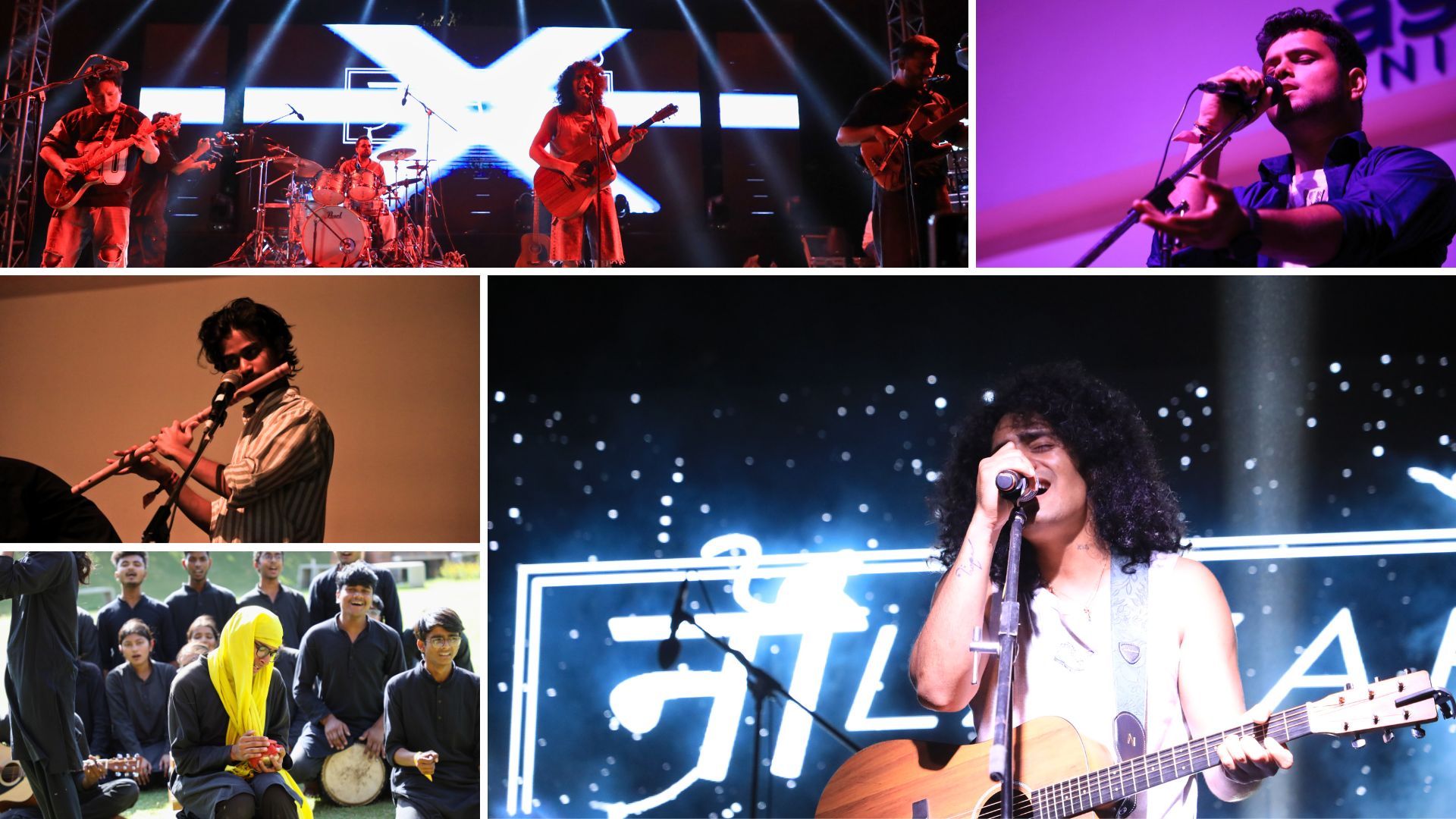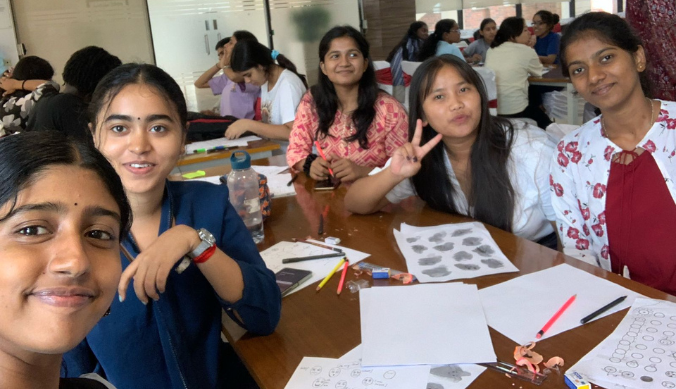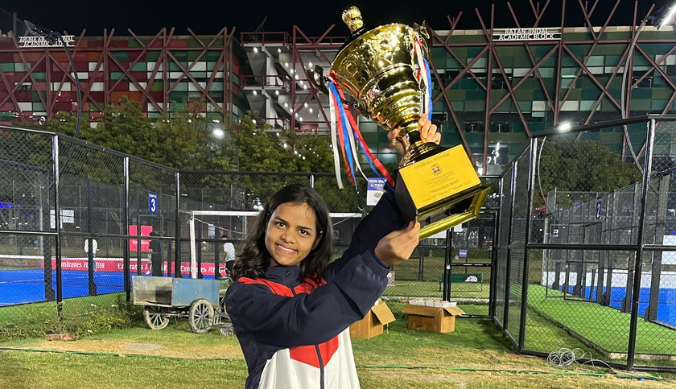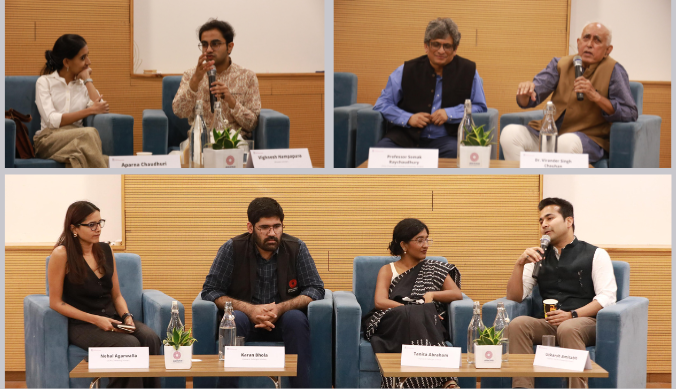Witnessing the Change of Guard Ceremony at the Rashtrapati Bhawan
Nandini Agrawal (UG 25) shares her unique experience of attending the early morning Change of Guard Ceremony in the new format and the takeaways for the students.
On the crisp morning of February 22nd, 2025, I found myself standing before the majestic Rashtrapati Bhawan, the official residence of the President of India. Along with ten fellow students from Ashoka University, I had the privilege of witnessing the Change of Guard Ceremony in a new format — an experience that left a lasting impression on all of us. This trip was made possible by the InfoEdge Centre for Entrepreneurship at Ashoka University, which facilitated this opportunity to enable us to engage with India’s rich military traditions firsthand.
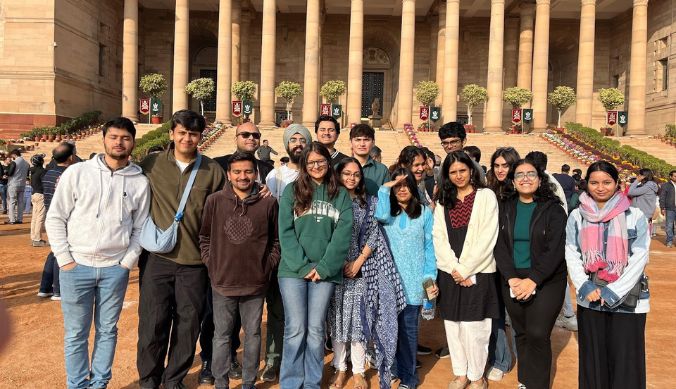
As a political science major and someone who thrives on field visits, I was particularly excited about this experience. A military custom that dates back hundreds of years, the Change of Guard Ceremony represents discipline, responsibility, and continuity. Witnessing the equestrian display by the highly trained Presidents’ Bodyguards execute their ceremonial exercise with elegance and accuracy was a magnificent sight. Against the backdrop of the majestic Rashtrapati Bhawan, the first battalion of the fifth Gorkha Rifles’ synchronised march, the military band’s rhythmic beats, and the unfurling of the national flag created a stunning show. We took in every detail—the uniforms, the commanding presence of the guards, and the overall atmosphere of regality and honor.
While the ceremony itself was a highlight, our discussions surrounding its significance added another layer of depth to our experience. We spoke about how such traditions preserve the values of discipline and patriotism within the armed forces while also serving as a public spectacle that reinforces national pride. Being an audience to such a deeply rooted tradition helped us appreciate the continuity of democratic structures in India and their ability to maintain a sense of order and reverence. Beyond the political and historical relevance of the ceremony, we couldn’t ignore the breathtaking beauty of Rashtrapati Bhawan itself. Designed by Sir Edwin Lutyens, this architectural marvel stands as a symbol of India’s colonial past and post-independence transformation. Its intricate detailing, sprawling gardens, and sheer magnitude left us in awe. We captured the moment through numerous photographs, each snapshot preserving our collective admiration for the architecture and memories of a beautiful morning.
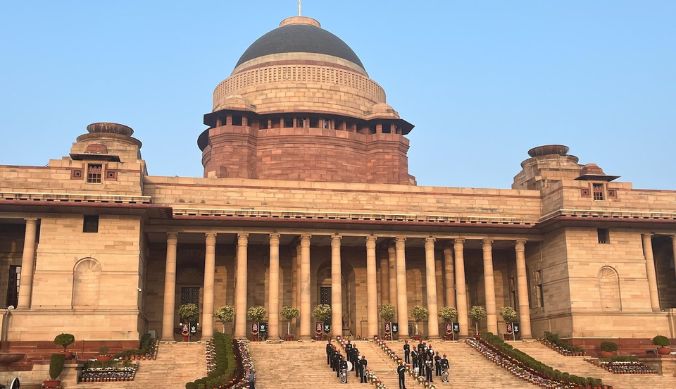
After soaking in the experience, we made our way to the iconic Mysore Café for breakfast. Over cups of coffee and delicious mysore masala dosas, we reflected on the morning’s events, shared perspectives, and bonded over our mutual interest in governance and policy. This casual yet insightful discussion reaffirmed how such field trips offer more than just sightseeing—they foster camaraderie, encourage intellectual discourse, and deepen our understanding of theoretical concepts through real-world exposure. Waking up at 5 am in the morning on a Saturday felt worth it after all.
As I look back on this visit, I realize that it was not just about witnessing a ceremony; it was about immersing ourselves in India’s political heritage, engaging with history, and building meaningful connections. This trip reinforced my passion for political science and field learning, reminding me of the importance of stepping beyond the classroom to truly understand the workings of our institutions. I left Rashtrapati Bhawan that day not just with a gallery full of pictures but with a newfound appreciation for the traditions that shape our democracy. I want to end this note by thanking Mr. Ekanto Ghosh, who first spotted this opportunity and generously shared it with the students of Ashoka University.
Written by: Nandini Agrawal (UG 25)
Study at Ashoka









